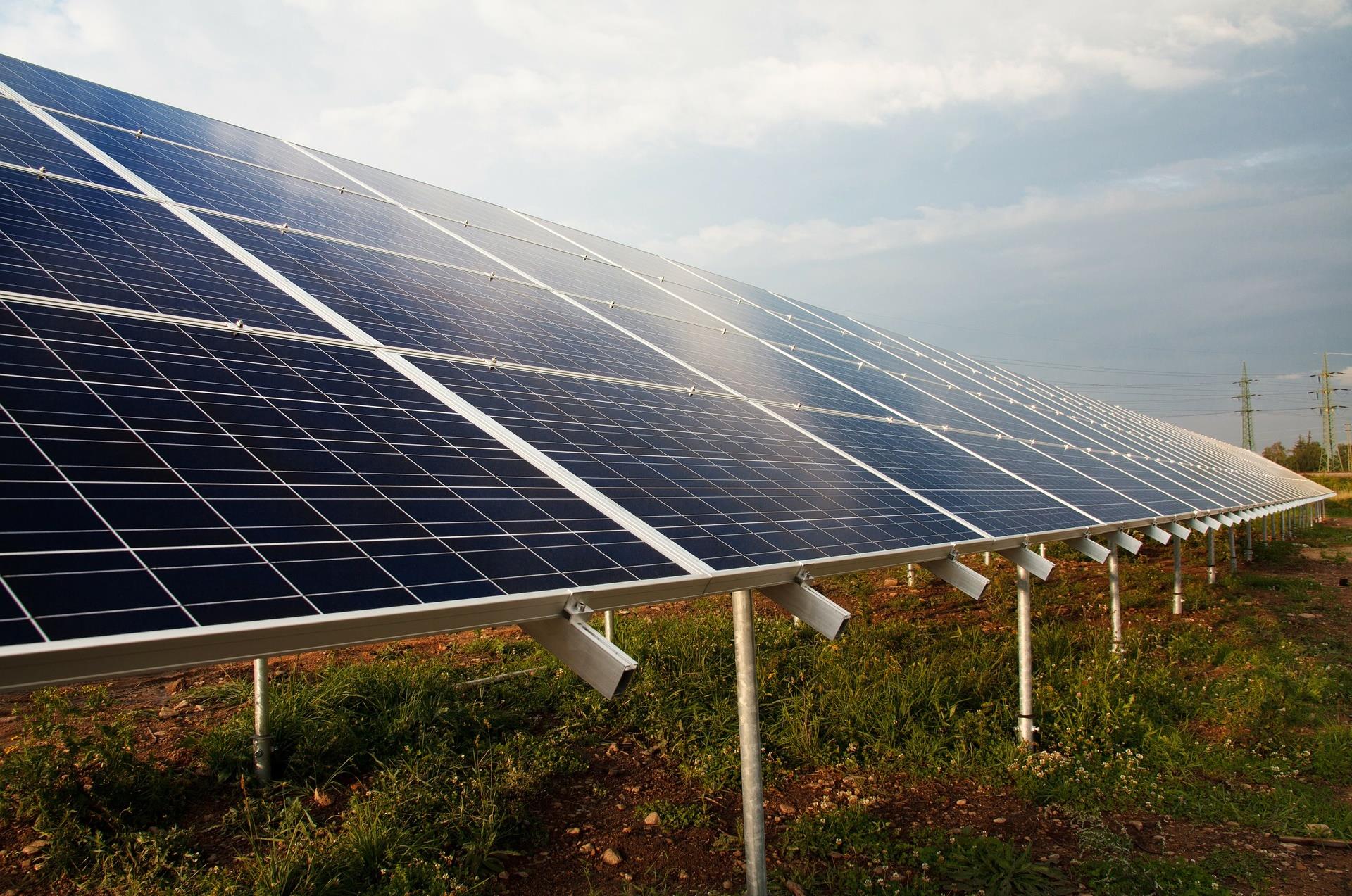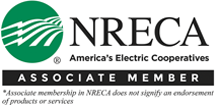Solar 101
Planning Key Principles
The best practice for engineering of large capital projects involves a phased approach. Usually, it begins with Front End Engineering Design or FEED, also called Front End Loading. In fact, the work completed in each phase is just enough to allow making decisions advancing the project.
In each phase, uncertainty decreases and so does project risk. As uncertainty decreases, precision of estimates improves (project yield, CAPEX, OPEX).
Moreover, a gate review is completed after each phase to determine whether to move forward to the next phase. Also, the gate review is linked to a spending decision.
Energy Storage
An energy storage system has both a Power rating (Watts) and Energy rating (Watt-hours or Wh). In particular, multiples types of energy storage might be appropriate for the same application. In order to select and optimize the energy storage device, first you need to develop specifications.
Consider the following: Stakeholder objectives, System requirements, Load/generation profile, Costs (capital + operational) vs benefits. You should also pay attention to Operational requirements, Replacement frequency, Technology risk as well as Environmental risk.
Phoventus is an Engineering firm with a global reputation for excellence in power systems engineering. Above all, we are professional, independent, and deliver value-added results to your renewable power or transportation project. We provide engineering and procurement services to cover all aspects of your renewable energy, EV or Remote Power project. In fact, our services are comprehensive, consisting of system engineering, design studies and project management.




